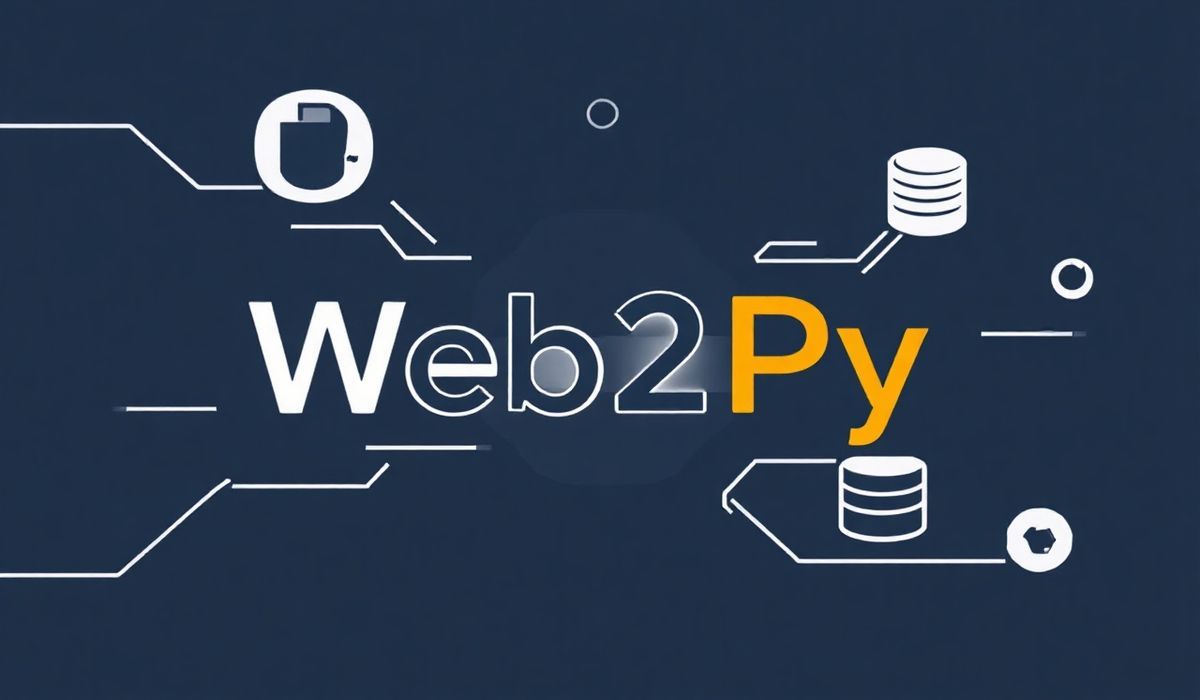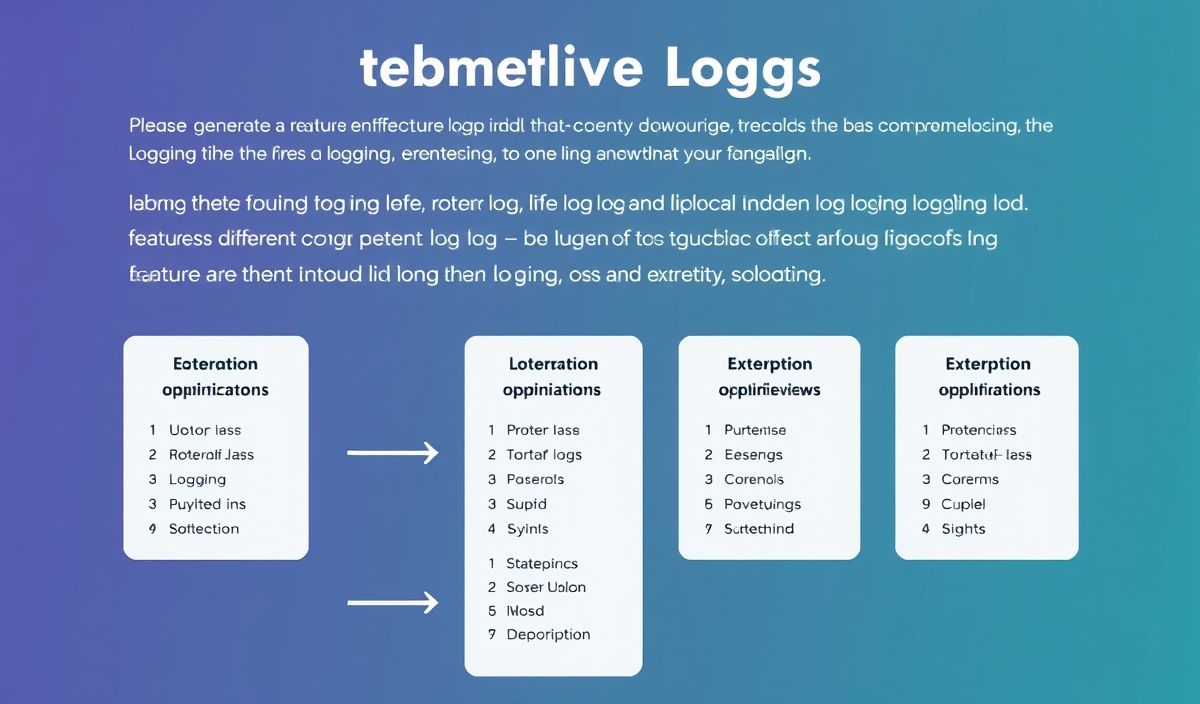Introduction to Web2Py
Web2Py is a powerful, fast, and easy-to-use full-stack web framework for Python. It is open-source and allows developers to build robust and scalable web applications. Web2Py provides a variety of built-in features like database abstraction, authentication, form building, and RESTful APIs, making it an excellent choice for web developers of all skill levels.
Why Choose Web2Py?
- Simple and fast development with no prior configurations needed.
- Comes with a web-based IDE for development and debugging.
- Cross-platform support and single-file deployment.
- Scalable database handling with support for multiple databases like SQLite, MySQL, PostgreSQL, and more.
- Built-in security measures to protect against common vulnerabilities.
Getting Started with Web2Py: Installation
To install Web2Py, you can download the source code or use pip via the command line:
pip install web2py
After installation, you can run the built-in web server using:
python web2py.py
Key APIs in Web2Py with Examples
Web2Py offers a plethora of APIs to simplify the development process. Let’s explore some of the most useful APIs with code examples:
1. Database Workflow with DAL (Database Abstraction Layer)
The DAL is Web2Py’s ORM (Object Relational Mapper), which allows you to interact with databases with Python code.
db = DAL('sqlite://storage.db')
# Define a table
db.define_table('person',
Field('name'),
Field('email', unique=True))
# Insert data
db.person.insert(name='John Doe', email='john@example.com')
# Query data
rows = db(db.person).select()
for row in rows:
print(row.name, row.email)
# Update records
db(db.person.name == 'John Doe').update(name='Johnathan Doe')
# Delete records
db(db.person.email == 'john@example.com').delete()
2. Form Building
Web2Py’s form API allows you to handle data validation and form generation seamlessly.
from gluon.sqlhtml import SQLFORM
form = SQLFORM(db.person)
if form.process().accepted:
response.flash = 'Form submitted successfully'
elif form.errors:
response.flash = 'Form has errors'
3. Authentication
Web2Py has a built-in authentication module to handle user login, registration, and role assignment.
from gluon.tools import Auth
auth = Auth(db)
auth.define_tables()
if auth.is_logged_in():
response.flash = 'Welcome, ' + auth.user.first_name
else:
response.flash = 'Please log in'
4. Creating RESTful APIs
You can easily expose your database via RESTful APIs.
def api():
if request.env.request_method == 'GET':
rows = db(db.person).select()
return dict(data=rows)
elif request.env.request_method == 'POST':
db.person.insert(**request.post_vars)
return dict(message='Data inserted successfully')
5. Routing
Custom routes can be configured using the `routes.py` file in Web2Py.
routes_in = (
('/blog/', '/default/blog/view/'),
)
routes_out = routes_in
Creating a Simple App with Web2Py
Let’s create a simple “Contact Manager” app using the APIs we learned above:
# Define the database table
db.define_table('contact',
Field('name'),
Field('phone'),
Field('email'))
# Controller function
def manage_contacts():
form = SQLFORM(db.contact).process()
contacts = db(db.contact).select()
return dict(form=form, contacts=contacts)
# View (HTML Template)
{{extend 'layout.html'}}
Contact Manager
{{=form}}
-
{{for contact in contacts:}}
- {{=contact.name}} - {{=contact.phone}} - {{=contact.email}} {{pass}}
Conclusion
Web2Py is a fantastic framework for anyone looking to build web applications efficiently. Its simple syntax, rich set of APIs, and built-in tools make it a choice worth considering, especially for beginners. Explore its documentation and take the first step towards mastering Web2Py today!




